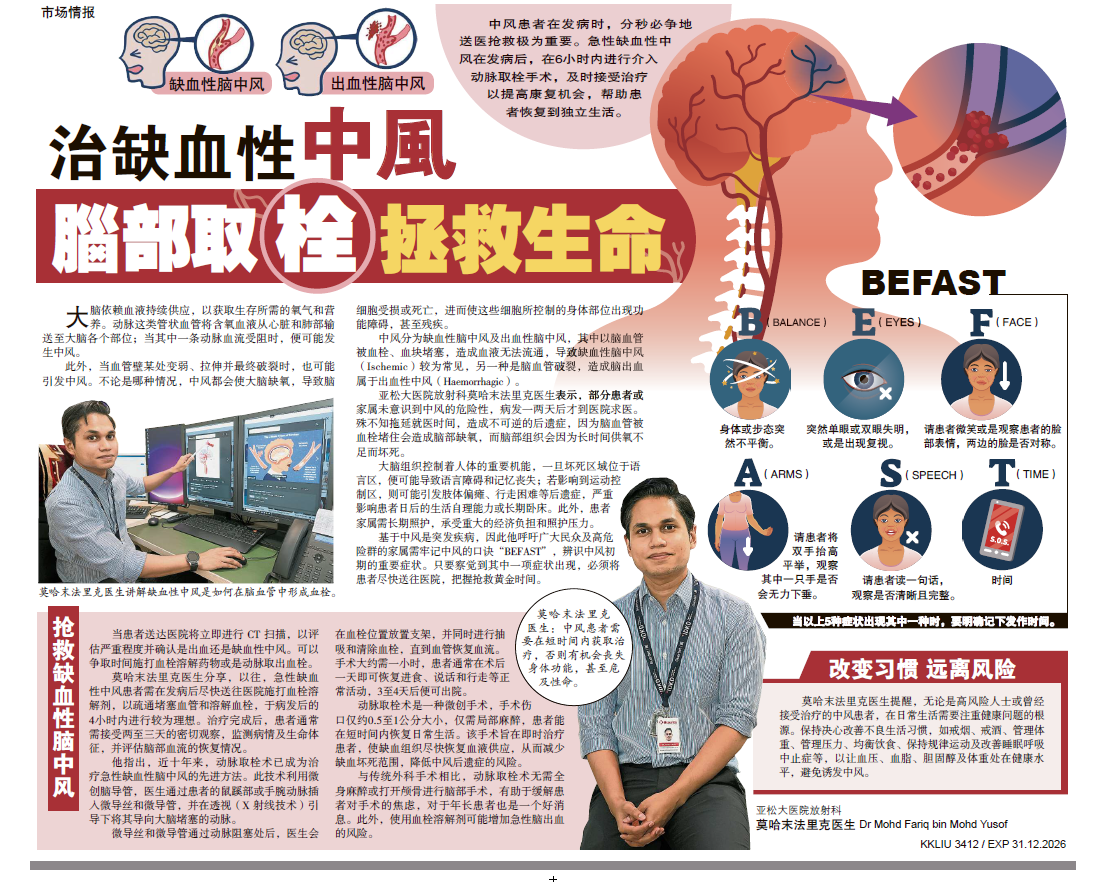A headache is a headache, and a knock on the head is a knock on the head, right? These can leave you in some pain, and maybe momentarily dizzy and confused. But there’s more to headaches and head injuries than just pain and confusion, and there are more varieties than just the type where you go “oh my head”.
It’s important to know the differences and identify the proper symptoms. Knowing these will allow you to react quickly and in the proper manner, which in turn allows a medical officer or neurosurgeon to attend to the patient efficiently.
Types of injuries
Concussion
This is the most common type of head injury. A concussion results from direct blows to the head, violent shaking of the head, or force from a whiplash-type injury. Both closed and open head injuries can produce a concussion, which is also referred to as a type of mild traumatic brain injury. A concussion may or may not show up on a diagnostic imaging test, such as a CT scan or Magnetic resonance imaging (MRI).
Traumatic brain injury
Traumatic brain injury usually results from a violent blow or jolt to the head or body, or an object (such as glass) penetrating the skull. While mild injury may cause temporary brain cell dysfunction, serious brain injury can result in bruising, bleeding and other physical damage that can result in long-term complications or even death.
Early diagnosis can accurately identify the extent of traumatic brain injury. It’s also best to see a specialist and undergo a MRI.
Chronic headaches
If you have a headache more days than not, you may be experiencing chronic daily headaches. By definition, chronic daily headaches occur 15 days or more a month, for at least three months. The causes of many chronic daily headaches aren’t well-understood, however, while true (primary) chronic daily headaches don’t have an identifiable, underlying cause.
Individuals suffering from chronic headaches would do well to make an appointment with Assunta as soon as possible. Early diagnosis and treatment are crucial.
Stroke
Studies indicate that people who suffer from a traumatic brain injury face a tenfold increase in the risk of facing a stroke within three months. It is not known, however, how traumatic brain injury influences the incidence of strokes. Some possibilities put forward include the idea that a traumatic brain injury may damage the brain’s blood vessels, disturbing the blood supply to the brain and leading to a stroke.
As with other head injuries, early diagnosis and treatment is key to preventing further complications. At Assunta, strokes are evaluated using MRI.
Symptoms
Traumatic brain injury can have wide-ranging effects, depending on its severity. Some symptoms may appear immediately while others may take days or weeks.
Signs of a mild traumatic brain injury may include:
- Loss of consciousness for a few seconds to a few minutes
- No loss of consciousness, but a state of being dazed, confused or disoriented
- Headache
- Nausea or vomiting
- Fatigue or drowsiness
Symptoms of a moderate to severe head injury:
- Loss of consciousness from several minutes to hours
- Persistent headache or headache that worsens
- Repeated vomiting or nausea
- Convulsions or seizures
- Clear fluids draining from the nose or ears
- Weakness or numbness in fingers and toes
Complications
Complications can arise immediately or soon after a head injury. Moderate to severe traumatic injury may change a person’s state of consciousness, awareness or responsiveness, which can result in:
Coma: the patient is unconscious, unaware of anything and unable to respond to stimulus.
Vegetative state: the patient is unaware of his surroundings but may open his eyes, make sounds or move.
Locked-in syndrome: the person is awake and aware, but unable to speak or move.
Brain death: this results in no measurable activity in the brain and brainstem. Brain death is considered irreversible.
Some people with traumatic brain injury may also suffer seizures, fluid buildup in the spaces in the brain, infections, blood vessel damage and nerve damage. They may experience changes in thinking (cognitive) skills, memory, problem-solving, multitasking and decision-making abilities.
Difficulties in understanding speech, talking and writing are also common. Behavioral and emotional changes can include risky behavior, depression, anxiety and mood swings.
Treatment
Mild traumatic brain injuries usually require no treatment other than rest and medication e.g. a headache. For moderate to severe brain injuries, emergency care focuses on making sure the patient has adequate oxygen and blood supply, maintaining blood pressure and preventing any further head or neck injury.
Emergency surgery may be needed to minimise additional damage to brain tissues. Surgery is used to remove clotted blood (hematomas), repair skull fractures or open a window in the skull to relieve the pressure inside.
At Assunta
Assunta Hospital offers experienced specialists and neurosurgeons, a fully-equipped ICU, advanced facilities and qualified staff. Apart from treatment for standard neurosurgical procedures, Assunta also offers diagnostic services that utilise:
Computerized tomography (CT) scan: Uses X-rays to create a detailed view of the brain. A CT scan visualises fractures and uncovers evidence of bleeding (hemorrhage), blood clots (hematomas), bruised brain tissue (contusions) and tissue swelling. Low-radiation CT scans do no harm to the patient and only take a few seconds.
Magnetic resonance imaging (MRI): Uses radio waves and magnets to create a detailed view of the brain. A MRI is more exhaustive than a CT scan, but is performed under anaesthetics and takes about half an hour.
For more information on Assunta’s Emergency services, whether head-related or anything else, visit www.assunta.com.my.











